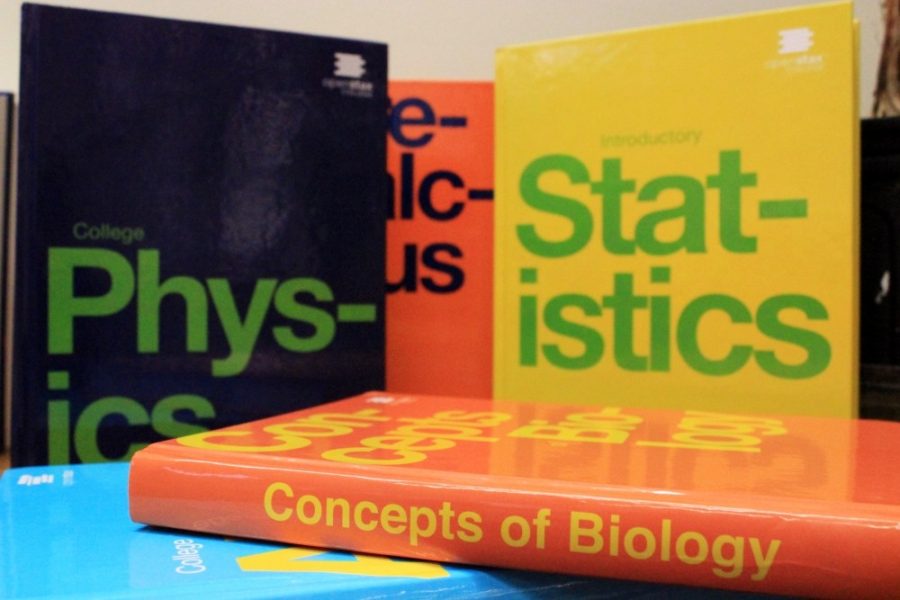“A reader lives a thousand lives before he dies. The man who never reads lives only one,” so goes the George R.R. Martin quote.
Reading is a habit that was far more valued by the generations before us and was somehow not passed onto us. We are the generation of technology where everything is just a click or tap of your fingertips away. Though this is highly convenient most of the time, it takes away so many things that we don’t even realize we are missing – like the smell of a new book or the familiar feeling an old book gives you. No matter how great your display is, a screen will never give you that sensuous feeling.
Even with the shift from books to e-books, there are still a lot of us out there who are ready to wait in line to get our hands on our favorite books and if by some luck we get the author to sign it, it’s just cherry on top of the cake. Now where would you get the author to sign on an e-book? How will you meet fellow fantasy book fanatics if not at a bookstore?
Fantasy novel nerds aren’t the only nerds around when you live in a town with a high student population. We have nerds who lust after thick biochemistry textbooks at night and dream of stacks of physics textbooks by day. But the rising cost of textbooks nip some of these ideas in the bud, and students have to resort to other methods. A study conducted by U.S. PIRG earlier his year revealed that there has been a 73 percent increase in new textbook prices over just the last 10 years.
RELATED: Looking for gluten free, food allergy friendly or just plain cheap healthy food at the UA? You’re SOL
Students are broke all the time, that’s no news. But when a month’s allowance is spent just buying textbooks, it quite literally threatens our livelihoods. I do appreciate all the hard work that goes in to the creation of a wholesome textbook, but the atrociously high price does get you thinking where all the money from this goes, doesn’t it?
Is it the publishing houses? Or the bookstores? Or the professors/teachers who set the syllabus around certain textbooks?
Books are sold at wholesale value to bookstores and these books are then marked up to a retail price which is designed to include a margin for the bookstores’ business needs such as utilities, employee wages, etc. But this margin that the UA bookstores make doesn’t entirely cause the high price of the book. In fact, it only constitutes a small fraction of the actual price.
Once it’s established that it’s not the bookstore eating up the entire portion of the textbook cost, the next suspect is the cost of creating the entire textbook from raw materials — just ink and paper, right? Well that stuff is pretty cheap.
It all comes down to the publishing house. It covers editorial costs, marketing costs and transportation/shipping costs. It also charges an overhead cost that includes the costs of running the publishing houses, just like the bookstores do. But apart from this, the actual reason that books are priced so steeply is the profit that publishing houses conspire to make out of the demand for the textbook. Publishing houses need to realize that these profit margins hurt our wallets and need to be reduced to affordable levels so that students are not robbed of their most important resources.
If the prices continue to rise at the current rates, textbooks will become a thing of the past and more people will be walking around with their noses buried in their smartphones, iPads and Kindles.
Follow Megha Raghunathan on Twitter.









